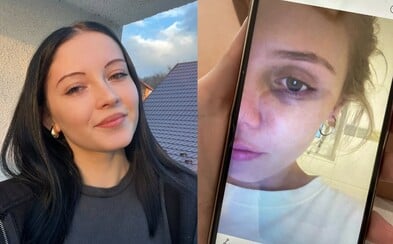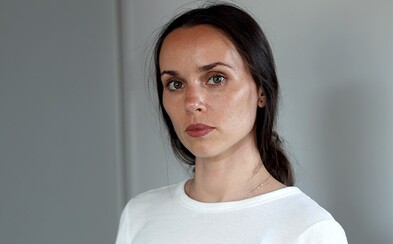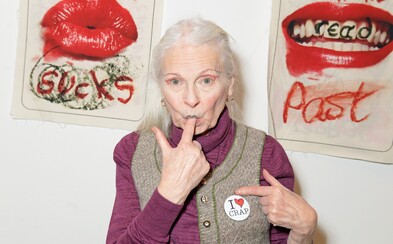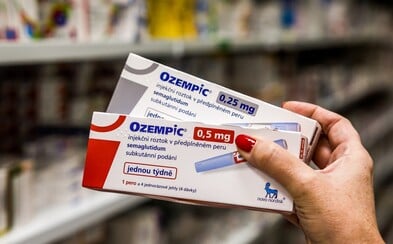 Ozempic can cause vision loss. A new study has shown a link between the drug and eye problems
Ozempic can cause vision loss. A new study has shown a link between the drug and eye problems
Ozempic can cause vision loss. A new study has shown a link between the drug and eye problems
Ozempic can cause vision loss. A new study has shown a link between the drug and eye problems
'Skin Cycling' Trend Promises A Simple Routine That Brings Real Results. Anyone Can Try It In These 4 Simple Steps
Skin cycling is about 4-day cycles for beautiful skin. What does a dermatologist say about this trend?
If problems persis, please contact administrator.
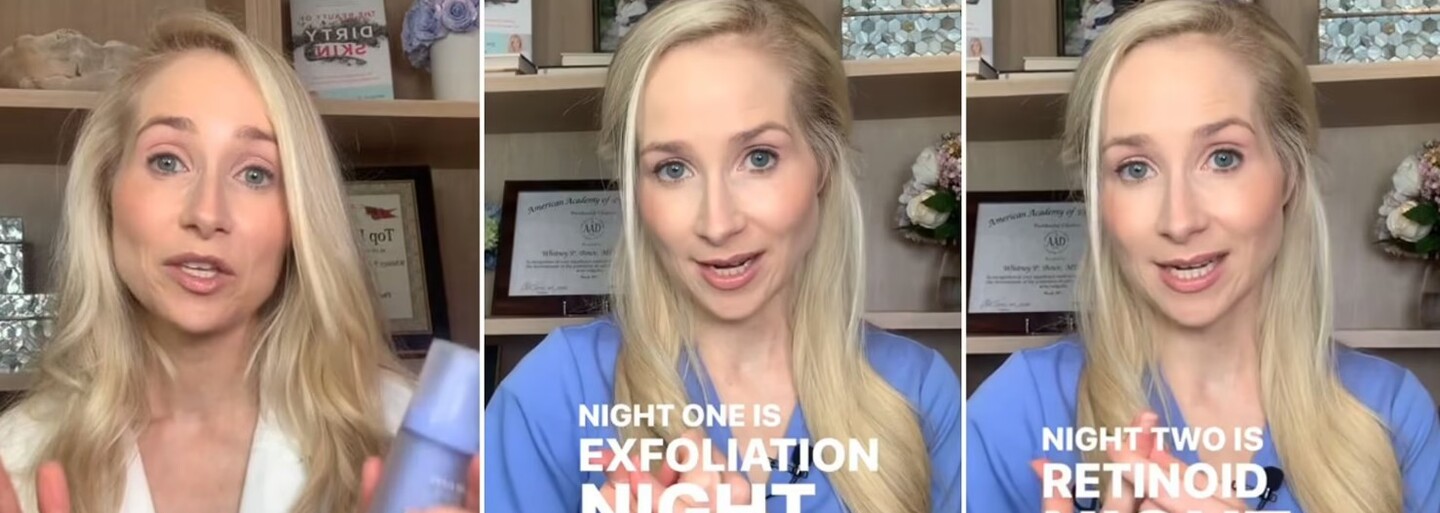
A new skincare trend reigns over the world of social media. However, it is not a product, but a simple technique that anyone can use. For the first time, dermatologist Whitney Bowe talked about it on Tiktok, and the phrase #skincycling quickly became a viral trend.
Most skincare trends are not worth much, especially some tips from celebrities can even endanger your health. However, skin cycling has received mostly positive responses from the medical community so far. Dermatologists recommend it especially for people with a mild form of acne, for hyperpigmentation and for brightening the skin. It is also suitable for those who want to prevent visible signs of aging.
It is a 4-day cycle during which you rotate the products in your evening routine. So you have the active substances on your skin often enough for them to take effect, and at the same time not too often for them to cause unwanted side effects. The result should be healthy and radiant skin without scales, without stinging and redness.
4-day cycle for your skin
The morning routine when using skin cycling remains the same every day. Wash your face, add the serums you normally use, and continue with the cream. Every good morning routine ends with SPF or sun cream, you prevent cancer and wrinkles at the same time (and they say you can't multitask!).
The real magic happens in the evening. Although you will change products during the week, the routine will take approximately the same amount of time each evening, from makeup removal to moisturiser, it takes a few minutes.
What products to use in the evening during skin cycling:
- evening: exfoliation/peeling
- evening: retinoids
- evening: hydration/restoration of the skin barrier
- evening: hydration/restoration of the skin barrier
If you do not yet use exfoliants (usually AHA, BHA or PHA acids) or any retinoid, Dr. Bowe advises using only one of these active substances for a few weeks first. During this period, you will have a rest or hydration evening three times in a row. If the skin tolerates it well, then you add another active ingredient and you can start with the classic acid-retinoid-pause-pause rotation.
Skin cycling is very refreshing in its simple approach to the routine. It is not about layering several serums. Instead, it is a persistent use of the same substances, the results of which begin to show after only a few weeks. Such product "loyalty" gives your skin and your wallet time to recover, but it does not deprive you of the benefits of active substances.
Exfoliation
Exfoliation or peeling helps rid the skin of the uppermost layer of skin, thereby brightening it, unifying the skin tone, slightly smoothing fine wrinkles or scars. However, not everyone needs it, emphasizes skin influencer and cosmetic chemist Katarina Balabanova. "Just cleaning or wiping your face with a towel is mechanical exfoliation. Peelings are not recommended for ultra-sensitive skin types. On the contrary, mature skin gets the most out of them, because the process of excreting dead cells slows down with age, the skin is dull, lackluster, less brightened and lifeless."
Peeling will help you if you are troubled by pigment spots, fine wrinkles and uneven skin tone. Katarina recommends choosing BHA acids for acne-prone skin, because they eliminate the accumulation of sebum in the pores, optically reduce the size of the pores and prevent the formation of rashes.
Another option is AHA acids (for example, mandelic, glycolic or lactic). There are several types of AHA acids, in some products you can also find a combination with other acids.
The gentlest exfoliation – for beginners or people with sensitive skin – will be provided by enzymatic exfoliants or products with PHA acids.
Retinoids
Mostly sold in the form of serums, retinol, retinal or another derivative is a strong form of vitamin A that stimulates processes in the skin. It helps in cellular renewal, is suitable for preventing wrinkles, when striving for a uniform tone and structure of the skin, but also for acne. Retinoids are known for the fact that if you start with too high a concentration and daily application, your skin can become dry, red, and flakes can start to form.
Some retinoids are over-the-counter and you can start using them preventively without visiting a dermatologist. However, if you are troubled by pimples that keep coming back, or you have moderate to severe acne, then your skin belongs first of all in the hands of dermatologists.
The mildest retinoids are marked on the composition as retinyl palmitate, and in the words of Katarina, you often don't even know that they are in the product (they are used, for example, in night creams for the face). "However, it is generally recommended to start with retinol, it is a stronger form, found in concentrations from 0.1 percent. Retinal (or retinaldehyde) is the strongest over-the-counter form of retinoids. Its content in products ranges up to a maximum of 0.1 percent and is intended for more 'advanced' users who have experience with retinoids."
Dermatologists say, that you have to be especially careful when choosing the concentration, since we use retinoids as part of skin cycling the day after exfoliation. If you do not yet have retinoids in your routine, start with a lower concentration. Regardless of how many times a week you use retinoids, dermatologists generally recommend daily use of SPF creams.
What to choose for skin recovery
Instead of active ingredients, just use your favorite cream. You can also support the elasticity, radiance and health of the skin with moisturizing toners, essences or serums. Now is also the time for soothing products, nighttime moisturizing masks, hydrogel masks, anything that will pamper your skin. Well, you won't go wrong if you simply choose only a moisturising cream and let your skin rest from the rest.
The third and fourth night are really important for restoring the skin barrier, warns dermatologist. "Then you need to focus on nutrients for the skin microbiome and repairing the skin barrier, so you need to hydrate and moisturize the skin. Creams with hyaluronic acid, ceramides and glycerin are the best," she told Refresher.
The cosmetic chemist also emphasized the importance of strengthening the skin barrier. "When switching between acids and retinoids, it is important not to forget sufficient and really effective hydration. Toners, essences, creams, serums, but also night masks containing important moisturising and renewing ingredients will help you with this. These include, for example, ceramides, hyaluronic acid, cica (centella asiatica), panthenol, peptides that are excellently complemented with retinoids, for example, various emollients and oils that are important for skin regeneration."
If problems persis, please contact administrator.

